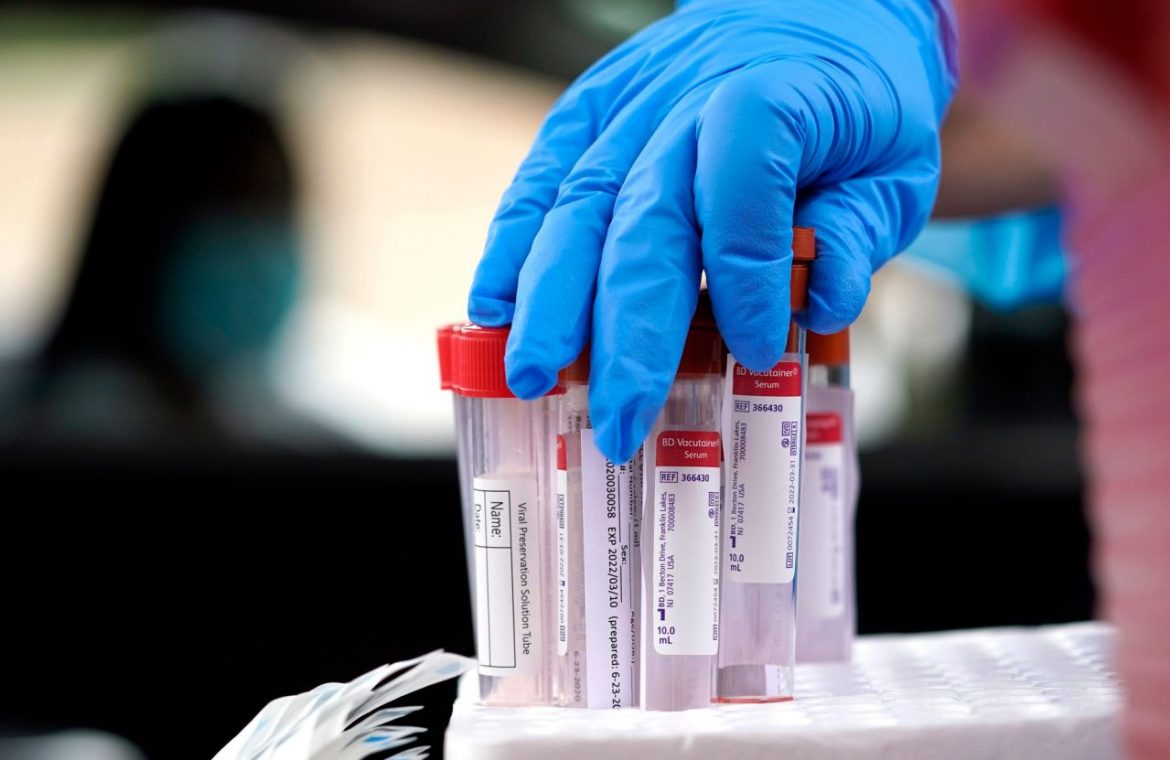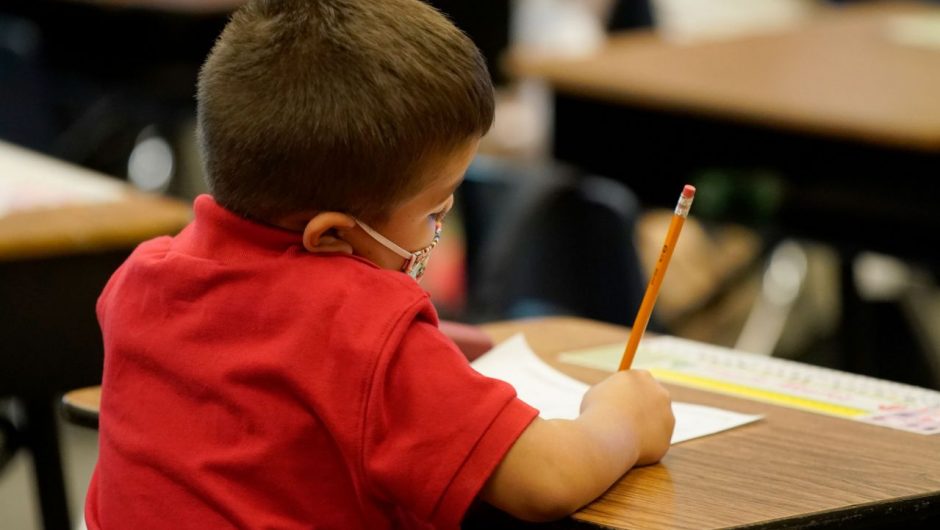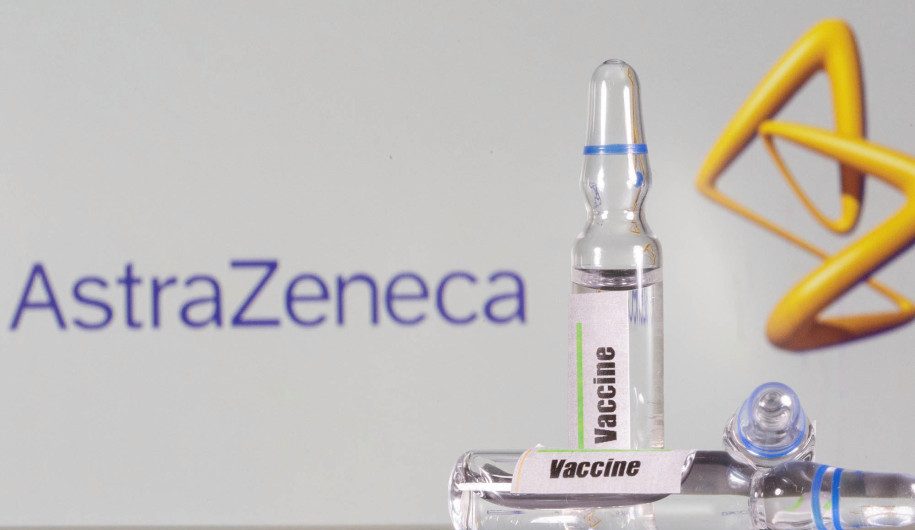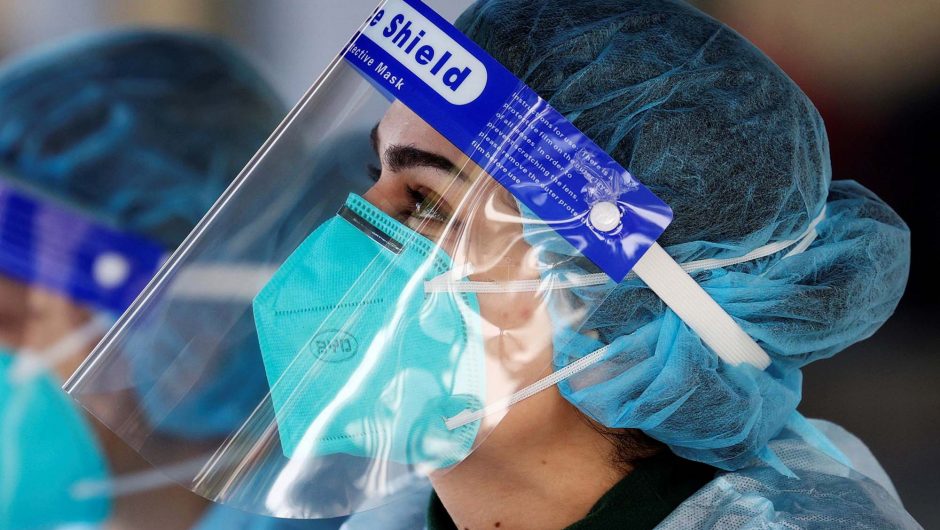The claim: U.S. spikes in coronavirus cases are caused by more testing.
The coronavirus pandemic is worsening in the U.S., with the majority of states showing increases in infections and a nationwide average of about 66,000 new cases per day as of July 28.
As of this month, the U.S. made up 25% of the world’s coronavirus cases, despite having only 4% of the world’s population.
President Donald Trump has maintained that the drastic increase in cases in the U.S. is a result of expanded testing and said this month that the country is actually “in a good place.” This stance has put him at odds with the nation’s leading medical experts, including Dr. Anthony Fauci, who say the increase in testing does not account for the surge in cases.
Fact or fiction?: We’ll break down the news and deliver fact checks to your inbox. Sign up here
Republican governors in states that emerged as hot spots in June – including Texas and Florida – followed the president’s lead and attributed the case increase to more testing.
As cases continue to surge across the country and hospitals reach capacity, experts warn about the dangers of complacency and misinformation surrounding the virus. Social media has allowed misinformation about the virus to spread like wildfire, causing concern among health experts.
A viral Facebook post from early July contributed to this spread of misinformation by reiterating the notion that more testing is causing the spike in cases,
“There’s a spike in coronavirus cases because there’s a spike in testing. If we gave more IQ tests there’d be a spike in morons too,” the post said.
But the idea has been widely shared in posts across social media.
How is coronavirus tracked?
The three most prominent coronavirus data points that the U.S. is tracking are the number of positive cases, the mortality rate and the positivity rate.
Story continues
The number of positive cases is a simple data point: It shows the total number of people who have received positive COVID-19 test results.
The mortality rate shows the percentage of the population of those who tested positive who have died of the virus.
As cases have surged, the positivity rate has emerged as one of the most important data points, as it shows what percentage of people who have been tested are infected with the virus.
More: Fact check: What’s true and what’s false about face masks?
More: Fact check: What’s true and what’s false about coronavirus?
When there is adequate testing, the positivity rate can be a better indicator of the spread of the virus because the rate should stay relatively consistent — unless the virus is spreading.
According to the World Health Organization, countries that have conducted adequate testing should have positivity rates hovering at or below 5%. The idea behind this guideline is twofold: When there is adequate testing, the spread of the virus can be accurately tracked, and the positivity rate should ideally remain low and consistent.
Dr. Justin Lessler, an associate professor at Johns Hopkins University, said the WHO’s 5% guideline is “a really rough rule of thumb to try to help countries calibrate their testing programs. If we see a place that has really successfully controlled the virus, we may be able to test the whole population and still not get up to 5%.”
Lessler said that if the positivity rate is a lot higher than 5%, it is likely that not enough people are being tested.
When the positivity rate increases, it could mean either that the spread rate of the virus is increasing, or that a locality is likely not doing enough testing to accurately gauge the virus’s spread, or both.
Despite a change in testing capacity, if the virus is not spreading, the positivity rate should remain relatively constant.
“The fact that the test positivity rate is increasing (in the U.S.) while we’re increasing the number of tests is extremely strong evidence that the surge in cases is real,” Lessler said.
We can also look at the post’s comparison of IQ tests to understand positivity rates. Contrary to what the post says, relative percentages of intelligence levels among the population would stay consistent, regardless of an increase in IQ testing. More IQ tests wouldn’t increase the proportion of people who score low.
Additionally, intelligence, or the lack thereof, is not contagious.
How is the positivity rate changing in comparison to testing?
According to the COVID Tracking Project, the positivity rate has increased at or above the rate of testing in the Midwest, South and West since mid-May, meaning there is a greater rate of infection in these regions. The positivity rate declined and then plateaued in the Northeast, which was hit hardest in the early weeks of the U.S. outbreak.
The average positivity rate in the U.S. was highest in late March and early April because testing supplies were limited, meaning that only the sickest people were able to be tested.
The U.S. recorded its lowest positivity rate in mid-June, at 4.3%. The nation’s positivity rate has doubled since then, reaching 8.2% as of July 27.
More: Why bars are hot spots for COVID-19 transmission
The average number of tests conducted nationwide has increased by 80% since early June, while the daily number of cases has increased by 215%, according to The New York Times.
The data from states that have emerged as hot spots shows how and when the virus started spreading. For example, in May, Arizona’s positivity rate hovered around 7% and steadily increased in June. Now, the state has the highest positivity rate in the country, at 22.67%.
A ProPublica analysis looked state-by-state at the seven-day average of tests performed, as well as the overall number of positive cases in each state from May 25-June 23.
The analysis shows Arizona’s testing increased by 175%, while the number of positive cases increased by 698%, meaning that the state’s expansion of testing does not even come close to accounting for the increase in cases.
In Texas, the positivity rate hovered around 5% in May and steadily rose through June. Texas now has a positivity rate of 12.9%. Testing increased by 98%, while the number of positive cases increased by 273%.
Florida broke the country’s record for the most cases reported in a day from one state, with 15,300 new cases on July 12. In May, Florida had a positivity rate ranging between 2%-5%. The positivity rate skyrocketed throughout June and is now 19.2%. The Sunshine State’s testing decreased by 22%, while the number of positive cases increased by 341%.
In states such as New York and Indiana, testing increased while the number of positive cases decreased. New York saw a 50% increase in testing and a 60% decline in cases, while Indiana saw a 48% increase in testing and a 40% decrease in cases.
These data points show that expanded testing is not the reason for surges in cases.
Data suggests that the surge in cases in many of the country’s hot spots can be attributed to reopening too quickly. Lessler said “there is no question” that the resurgence is real and that the increase in cases is associated with the relaxation of social distancing measures.
“It’s never a question of when we relax social distancing, it’s a question of what we do when we relax social distancing,” he said.
Lessler said he is not a fan of conversations about opening too soon because, “that implies that there is some amount of time we could have waited in full lockdown that would have made it magically not be a problem anymore. The issue was that places opened up before they had an adequate plan on how they would control the virus without all the social distancing measures in place.”
More: ‘It’s really devastating us’: Beach towns fear they won’t survive a summer of COVID-19
As the U.S. battles surging cases, which have led to overwhelmed hospitals, local and state governments are working to slow the spread of the virus by mandating or encouraging masks and shutting down places of high transmission. Lessler said he hopes to see states get creative and thoughtful in their plans to control the virus.
“When people are thinking about their personal safety and their risk from a resurgence, they shouldn’t wait, they should be cautious now,” he said. ” … and not wait for cases or deaths or hospitalizations to increase in their community because by the time those increases happen, the virus is already widespread.”
Our rating: Partly false
We’ve rated the claim “There’s a spike in coronavirus cases because there’s a spike in testing” as PARTLY FALSE, based on our research. There are two ways to look at this issue: number of cases and positivity rate. It is true that expanded testing will reveal more positive cases. However, it is false to say more testing creates more cases or accounts for a drastic increases in the positivity rate. A higher positivity rate amid expanded testing is the result of the virus spreading through a testing area.
Our fact check sources:
Thank you for supporting our journalism. You can subscribe to our print edition, ad-free app or electronic newspaper replica here.
Our fact check work is supported in part by a grant from Facebook.
This article originally appeared on USA TODAY: Fact check: COVID-19 tests reveal cases, don’t cause higher positivity








